

Introduction
This training will introduce to you the concept of brand systems and shed light on some of the research processes that can be undertaken before working with a new client or creating a brand. By reading through some of the examples of organizational brand systems then conducting a brand audit on a UT organization, you should have a good understanding of the elements of brand systems that need to be established to create a consistent identity. Then, you will use that knowledge to create a brand system for a mock organization.
By the end of this training you will:
- Understand why organizations create brand systems and how they go about creating them
- Conduct a brand audit
- Create a brand system for a mock company or a mock UT research initiative
Brand Systems Basics
What is a brand system?
- A shared library of design elements that collectively represent the purpose, values, and personality of an organization.
Created effectively, a brand system should help viewers understand what an organization is and what they value.
Aligning several aspects of an organization’s visual and messaging identity under a brand system should help all stakeholders in the organization, internal and external, have a shared understanding of what the brand is about. - Brand Systems help the organization maintain the organization’s brand identity, which is how viewers perceive and experience your organization.
Using elements of visual communication, designers and strategists hope to elicit certain emotions and feelings associated with their brand.
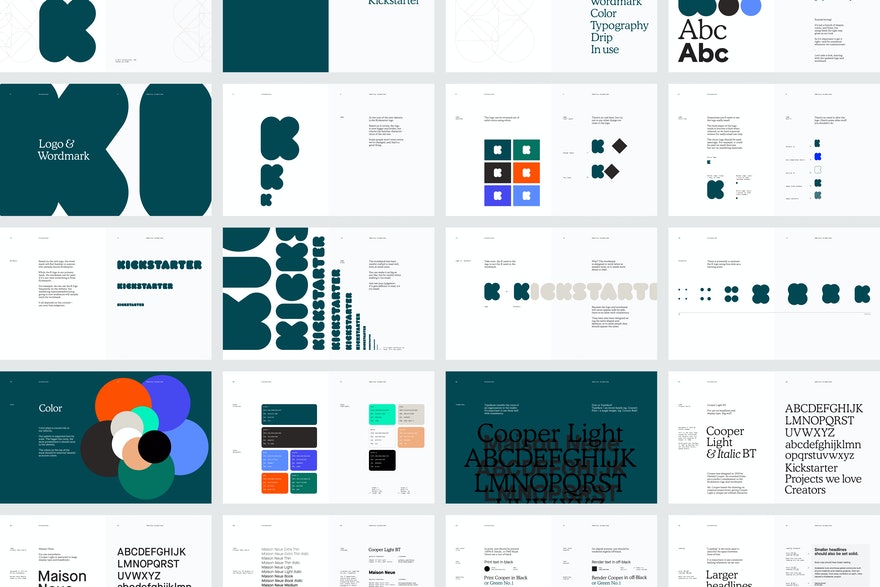
What is brand identity?
We are using brand system and brand identity somewhat interchangeably here, but brand identity is what brand systems are used to formalize.
- Brand identity is an amalgamation of what your brand communicates and makes people feel when they see it. It includes all visual elements of a brand that help distinguish the brand in audiences’ minds.
- Brand systems help foster consistency across different channels and align all stakeholders of the brand’s organization under one common core.
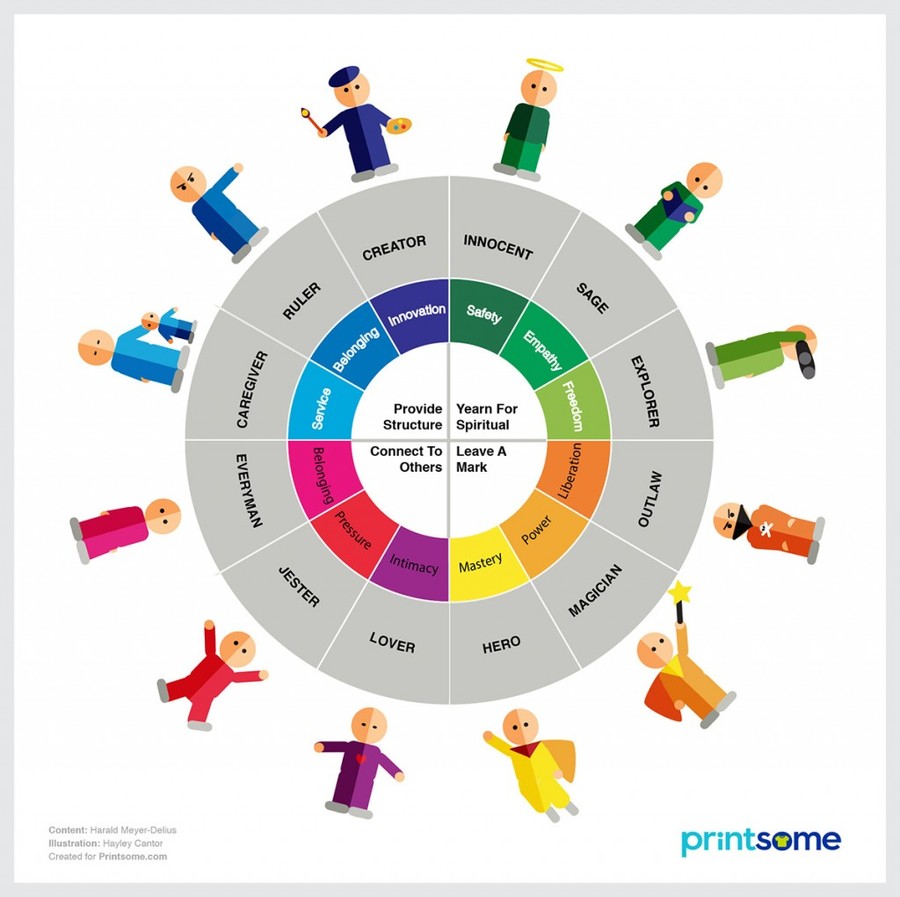
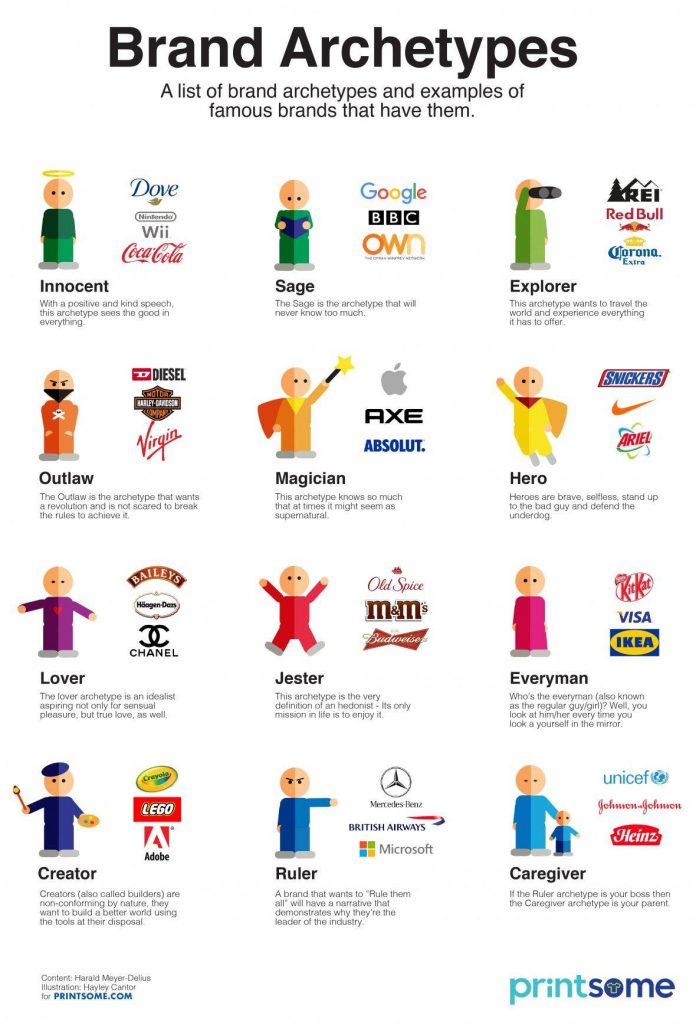
What is typically included in a brand system?
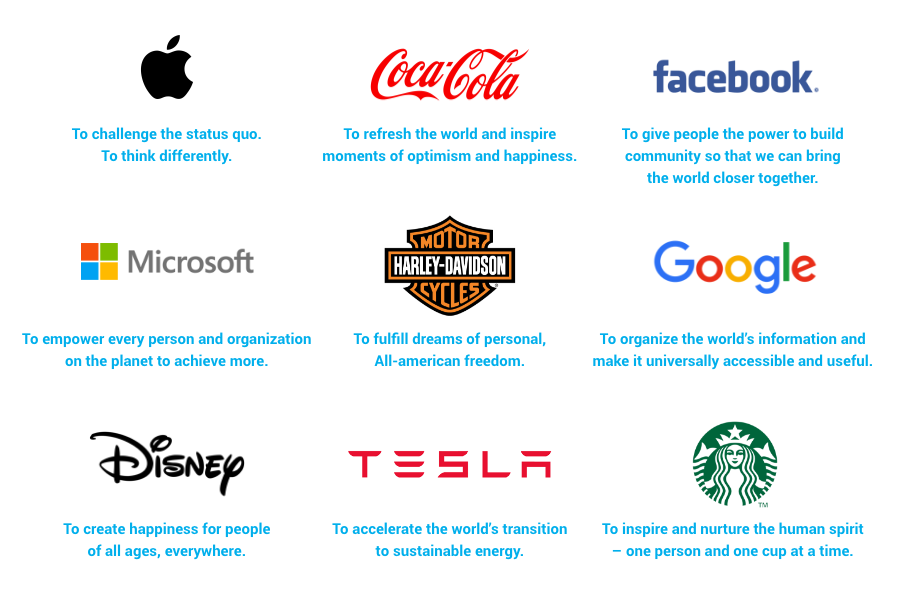
Mission and Values– the philosophy and goals of the organization

Logo – a visual representation of the organization
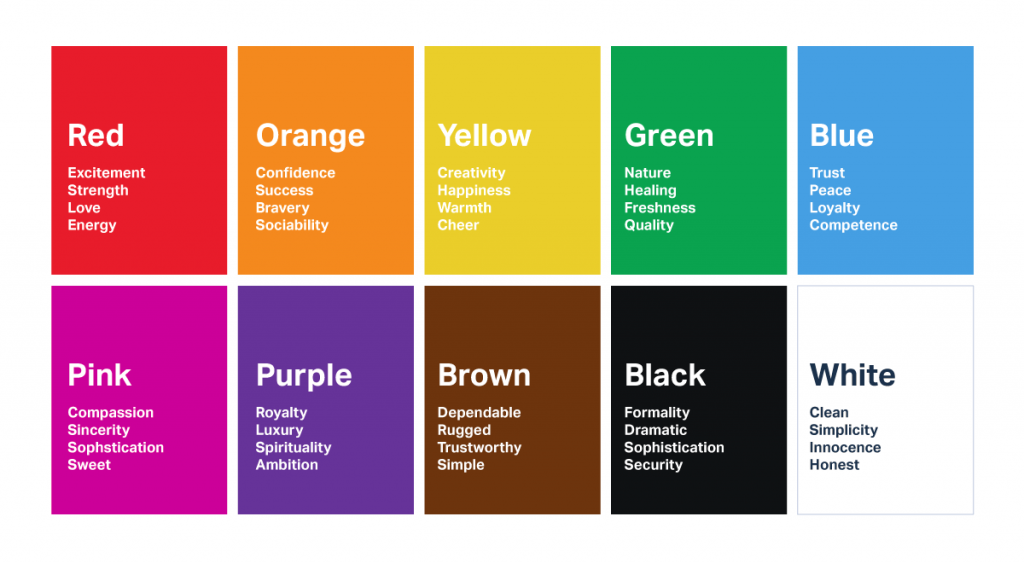
Color – Primary and secondary palettes
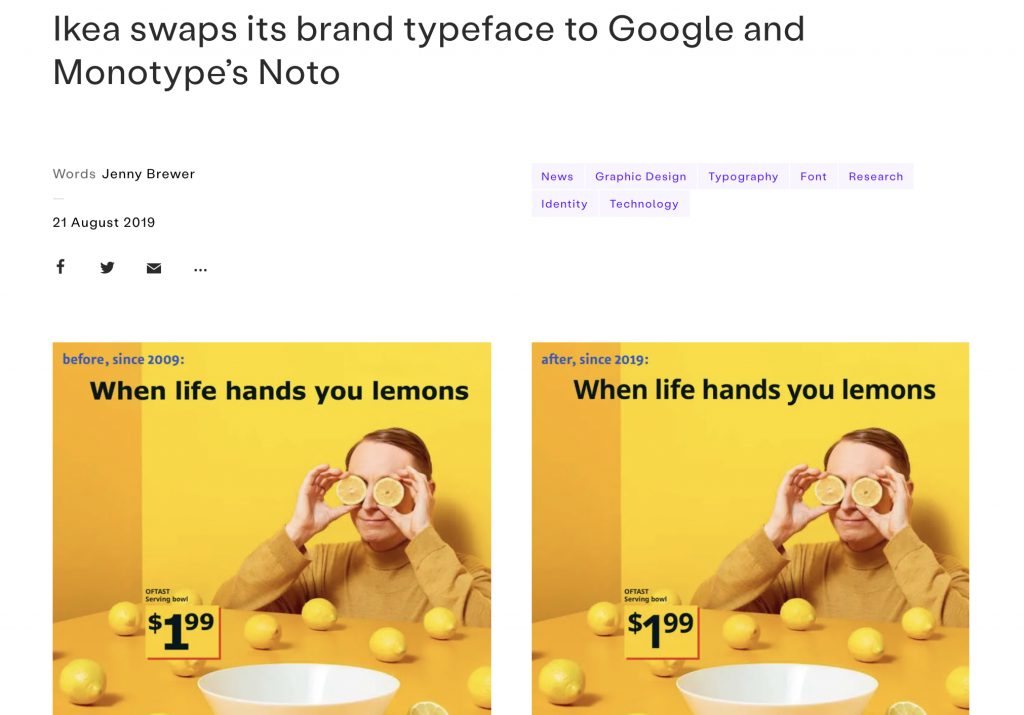
Typography – Font hierarchies
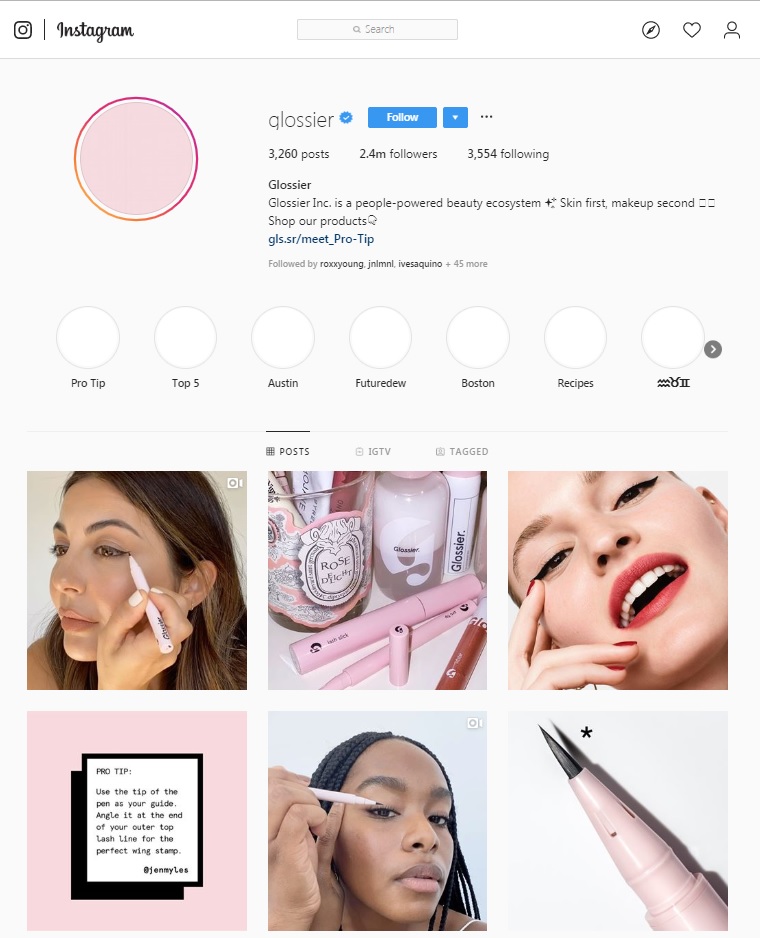
Images – Photographs and illustrations are consistent styles
Examples
Now, let’s explore some organizations with highly established brand systems and visual identities. Understanding the connection between desired values and visual/messaging execution allows us to explore questions one should ask oneself during the research stage of creating meaningful brand systems.
The University of Texas – Link to brandbook
The University of Texas is a public research university. As the flagship institution of the UT system, it is somewhat representative of higher education in the state of Texas.
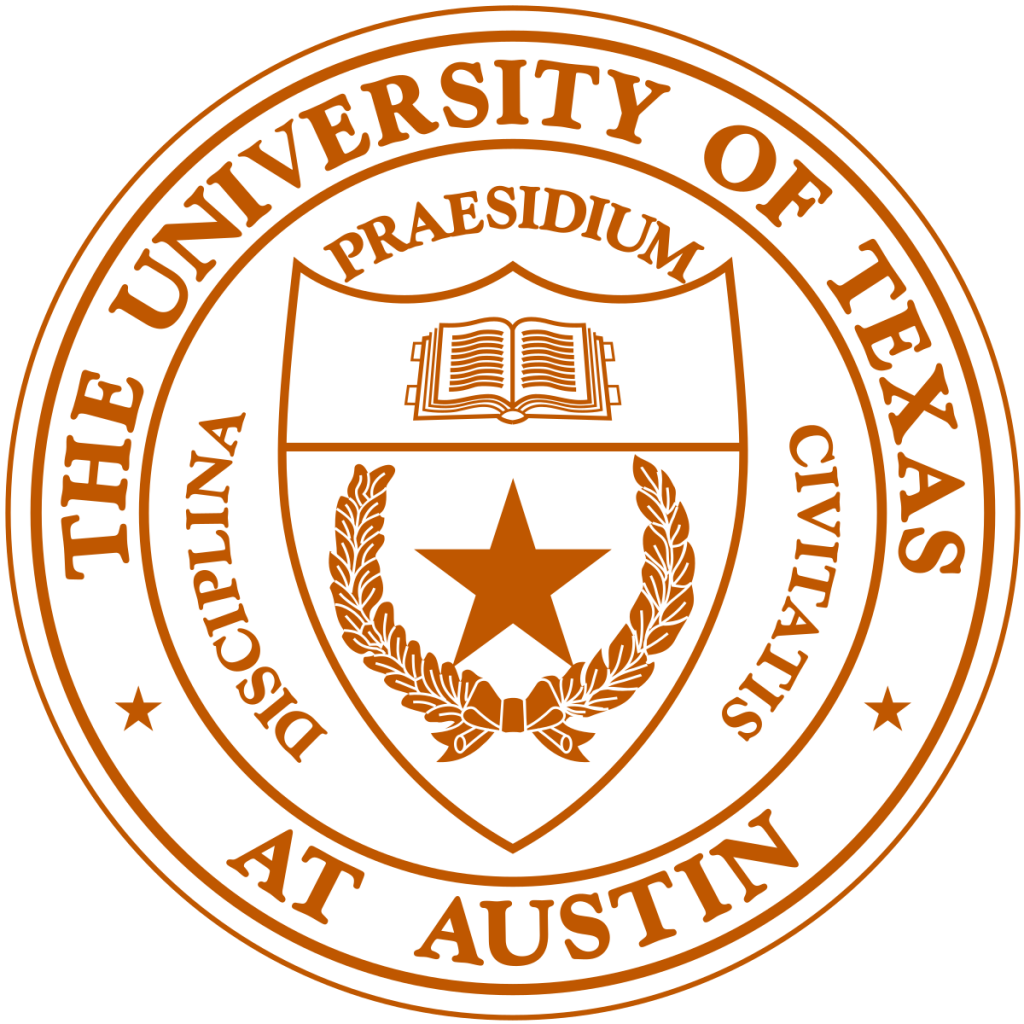
UT has a distinct national and international identity that is actively shaped by its students, faculty, accomplishments, athletics, history, and a variety of other factors. Therefore, it seeks to use its branding guidelines to identify who the university is at its core and align communications under one voice.
Examine this quote:
“Nothing is more critical to marketing success than consistency of branding. A strong, consistent brand results in a virtuous circle of positive associations, more participation, and greater institutional success.
Conversely, when any company or organization promotes itself with an array of identities — visual or psychological — it fractures and diffuses its power, confusing audiences and failing to reach its full potential.
As our media environment becomes ever noisier and more segmented, and as our competitors become more numerous, diverse and savvy, the need to cut through that noise, stake out our ground, and advance into leadership becomes all the more critical.”
So, UT sees its branding as an important tool in establishing its purpose and differentiating factors amongst a pool of other higher education institutions. UT’s ability to operate and stay relevant relies on its success in attracting students, staff, and faculty who want to be at UT.
UT has decided to use branding to acknowledge its past history, make a statement on its present identity, and set goals for the indefinite future. Branding helps ensure the marketing tactics and strategies UT uses to communicate its story of past/present/future are aligned on all levels.
Flipping through UT’s brand book, you will see that UT’s brand guidelines outline these elements:
- Brand
- Essence:
- “The brand essence of The University of Texas at Austin is audacity.”
- “What starts here changes the world.”
- This idea should trickle down to every part of the institution’s messaging.
- Essence:
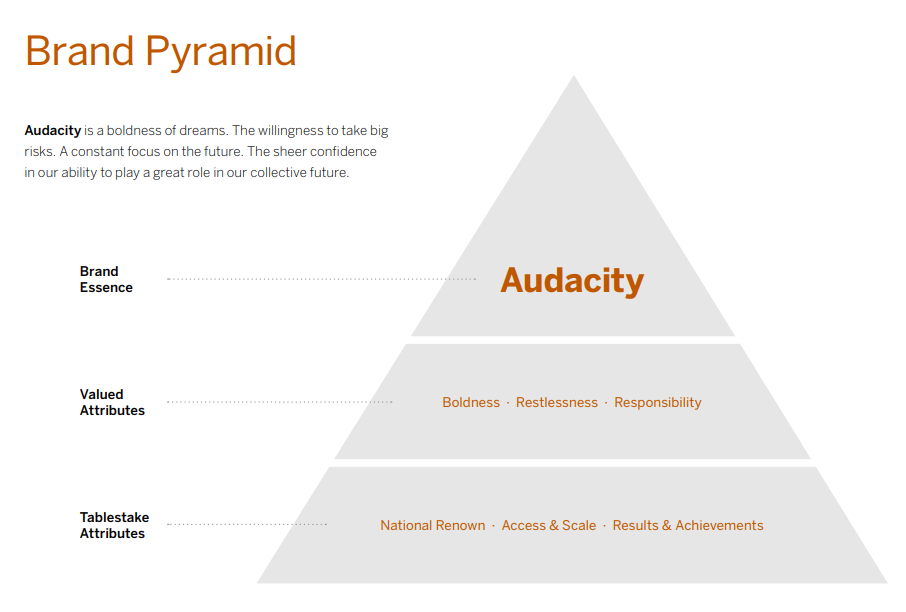
- Voice and Tone
- “Audacious, yet warm and inviting. Our tone is intellectual but unpretentious.”
- Bold, restless, responsible, friendly, a wink and a smile
- Messaging
- Includes a Brand Positioning Statement – what sets UT apart from other institutions.
- Provides key messages to deliver different stakeholders
- Messaging to students has different goals than to faculty, to legislators, etc.
- Logo
- “Our visual identity and brand architecture are rooted in academic tradition and excellence.”
- Wordmark
- Primary, Secondary Logos
- Colors
- “Using color in a consistent way reinforces our brand and fosters trust and recognition.”

- “Using color in a consistent way reinforces our brand and fosters trust and recognition.”
- Typography
- Typefaces chosen that best represent voice of UT.
Download in our Box here.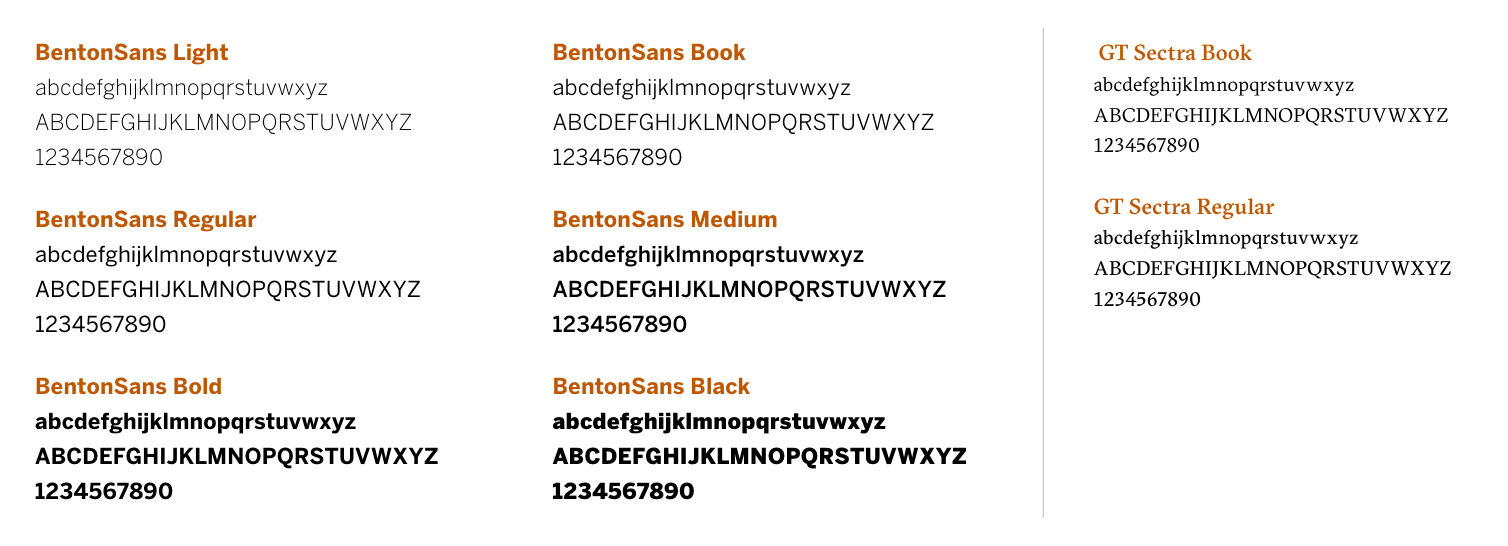
- Typefaces chosen that best represent voice of UT.
- Photography
- Notice how the following the lighting and sense of drama in these example photos strive to convey audacity
- UT has guidelines on portraiture as well, outlining expressions and body language meant to convey audacity
- Notice how the following the lighting and sense of drama in these example photos strive to convey audacity
- Textures and Patterns
- Iconography
- Toolkit and Templates
Further explanation: How Universities Develop their Brand (source)
- Marketing must convey what it is about the university that makes the school right for the student
- What are the strengths of the institution? What is the point of differentiation over other competitors?
- Sports? Academic reputation? Research?
- UT is a sports-heavy institution, but also a school renowned for academic research. How can the university interweave both elements into its branding?
- What kinds of branding can facilitate different strengths?
- Sports? Academic reputation? Research?
- What is the history of the organization?
- Location
How might branding for a school in Austin differ from branding for a school in New York or California? - Notable alumni (what are they known for?)
- Is the university new or old? What are visual elements that communicate newness or oldness?
- Location
- The competition
- How are similar universities branding themselves?
- What can you do differently?
Activity #1. Conducting a Brand Audit
Conduct a visual/brand audit
Average time spent on Conducting a Brand Audit – 60 to 90 minutes
If the department or client already exists, conducting a visual audit is a way to understand the voice, audience, and messaging of a department.
In this part of the training, you will conduct a brand audit on the College of Liberal Arts at UT. Visit the website and follow the steps below.
UT COLA Homepage
- Gather visual materials
- Are there logos, social media pages, blogs, videos or posters that already exist for this department? Surf the internet for any and all you can find and take screenshots.
- Gather all available logos, slogans, typography sets, color sets.
- Share on Basecamp with at 1-2 sentences explaining what each contributes to the visual identity or how they are used.
- Assess, in your Basecamp comment:
- What are common themes?
- What brand identity and values come to mind?
- Is there room for improvement anywhere?
- Are there inconsistencies and where?
- How does the brand identity of COLA compare and contrast with the brand identity of UT at large?
- Final Questions and Reflections:
- After learning about UT’s brand guidelines, take some time to reflect. Does your perception of UT align with the identity UT sought to create? Why or why not? Do you have any specific examples in mind of how you noticed UT manifesting its principles? Let us know in the Basecamp comments.
Read: Additional Branding Examples
Google’s Mission Statement:
Maximize access to information. To organize the world’s information and make it universally accessible and useful.
Picking apart the mission statement, there are some keywords that stick out. They seek to organize, promote accessibility and usefulness, and maximize information. Therefore, it makes sense to think that Google tends to focus on elements like clarity and understandability when creating its visual identity.
This is a great example of how values & ideas (abstract) can distill into visual design practices (concrete).
“Our brand reflects how we want to be thought of and remembered. Consistent look and feel ensures a better awareness and connection to Reddit. Whenever using the Reddit brand, be sure to follow these key principles.”
Reddit is a social website that fosters communities of a large range of topic-related forums. Their slogan is “The front page of the internet,” and examining its purpose, slogan, and offerings can give us a good understanding of why Reddit made certain design decisions with its brand system.
Now Read over Reddit’s brand guidelines.
Reddit’s brand guide includes information on:
- Reddit’s logo
- Brand family
- Social icons
- Snoo (its mascot)
- Terminology
- General usage
- Terms of use
How does this brand book establish consistency? By explaining the logic behind certain design decisions, it gives organization members a better understanding of the history of Reddit and what it seeks to provide for users.
What are some of the key values Reddit holds? Reddit values community, friendless, and personal identity. Reddit is a space for people of a wide variety of interests to come together and discuss anything they are interested in. There is seemingly a subreddit for every subject, regardless of how small or big the subject is.
Hence, Reddit places a large emphasis of its visual identity on Snoo, the company mascot. Snoo has big eyes and a soft smile to convey friendliness and openness. The Snoo logo is flexible such that it can be used to represent different subreddits and interests. It is interesting to think about the very detail-oriented techniques some brands use to convey their values.

Activity #2: Create your Own Brand System
Now, you will play the role of a designer asked to create a brand system for either a company or a UT research initiative. The two client briefs are located below.
Choose one of the brand briefs from below to fully develop using Photoshop, Illustrator, and/or InDesign. The final product will be a 7-10 page brand book of all the created brand elements.
PREVIEW STA EXAMPLE HERE:
Brief 1 – Café Restaurant – spend up to 6-7 hours
- Name: Fairy Forest Cafe
- Mission Statement: Our mission is to inspire wonder and magic in the day-to-day. We are a 24-hour cafe welcome to all those who wish to enjoy a warm beverage, mingle, study, read, or just sit and enjoy the ambiance.
- 3-5 Adjectives: whimsical, natural, cozy, fresh, relaxed
- Messaging: Magical
- Audience: in an urban environment, typically serves students and young twenty/thirty somethings who are looking to get a good read on, do work, and perhaps mingle with fellow coffee goers in a casual manner. These twenty to thirty somethings love organization, “quirky” things, and consuming caffeinated products.
- Type of Restaurant: coffee, desserts, refreshments, and some light food (think sandwiches and soups). Like halfway between Bennu and this cafe (El Bosc de les Fades)
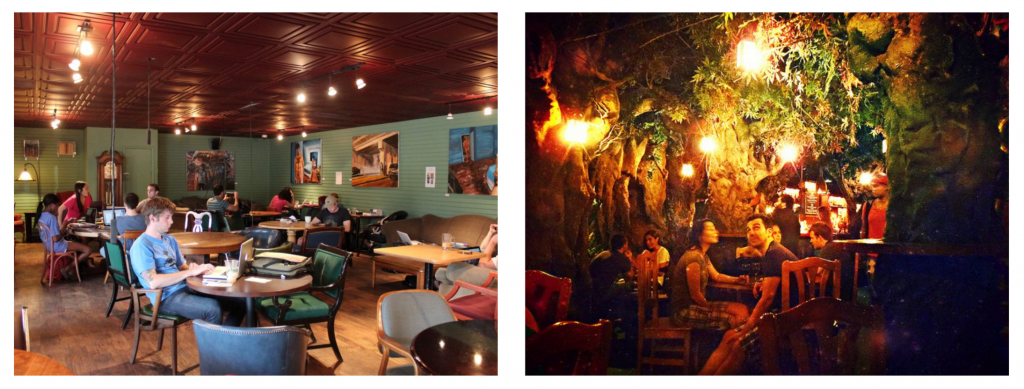
Your Brand-book Setup
Setting up your File:
- A4 Formatting – Landscape
- Can be made on Ai, PS, or InDesign
- Add at least .125 margins on all 4 side for each page
- Keep heading, text, and image placement consistent
- Title page – up to 20 min
- Add the title of the cafe
- Include your name
- Decorate the page to match the branding
- Table of Contents – up to 15 min
- Add Mission Statement thru Merchandise with page numbers
- Add Table of Contents heading
- Add page number
- Mission Statement – up to 10 min
- Copy/paste mission statement above into the page
- Add Mission Statement heading
- Add page number
- Audience – up to 10 min
- Copy/paste audience text into the page
- Add Audience heading
- Add page number
- Moodboard – up to 30 min
- Gather at least 5 pictures of inspiration for your branding and paste into page
- Copy/paste the adjectives, messaging, and type of restaurant text
- Add Moodboard heading
- Add page number
- Logo – 2 to 3 hours
- Apply concepts from logo training
- Add one full color lock up and one black&white lockup
- Dimensions: 1200 x 1200 px (size down when needed)
- Can be a square or rectangular lock-up.
Don’t need to fill the entire 1200 x 1200px.
- Can be a square or rectangular lock-up.
- Include information about your logo creation
- Add Logo heading
- Add page number
- Color scheme – up to 30 min
- Apply concepts from color theory training
- Pick 2-3 primary colors to include in the company color scheme
- Don’t forget to include a range of neutrals to use for text, backgrounds, etc. (beiges, or grays, etc).
- Type out what colors represent the client brief to you and why?
- Then, arrange your color scheme in a format similar to to the one below to be included in your brand book. Include color name, hex code, and RGB code.
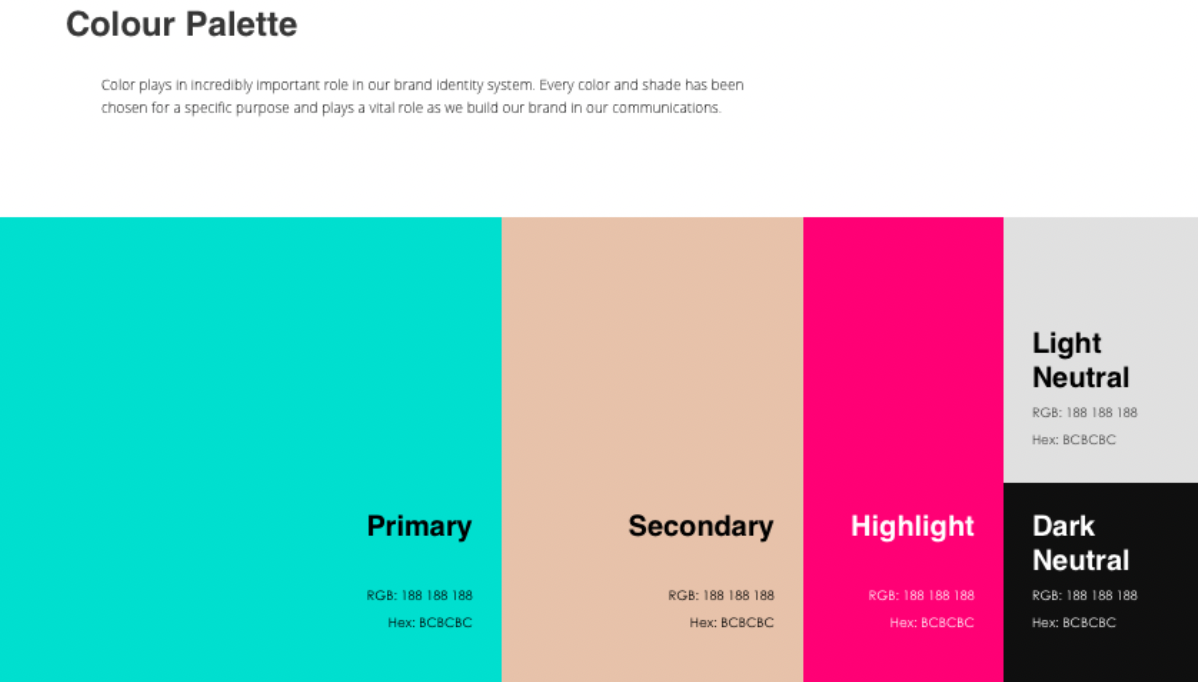
- Add Color Scheme heading
- Add page number
- Typography guide – up to 30 min
- Apply concepts from the typography training series
- Choose a primary and a secondary font
- Display your logo font as well on the page
- Add Typography Guide heading
- Add page number
- Additional Elements – up to 30 min
- Add one of these options:
- Decorative elements – patterns, mascots, shapes – you want to use for your brand
- Additional acceptable photos that could be used
- styling information to texts, art made, shapes made, etc
- Add Additional Elements heading
- Add page number
- Add one of these options:
- Merchandise – 1 hour
- Try to incorporate logo elements in a new or refreshed way
- Ultimately mock up this piece of merchandise on a t-shirt and one other piece of relevant merchandise
- No more than 4 images
- Add Merchandise Heading
- Add page number
Brief 2 – COLA Research Initiative – 5 to 6 hours
- Who: Department of Women’s and Gender Studies
- What: Center for Women in Texas Music
- Audience: UT Austin students, faculty. Those interested in women’s history and music history.
“Our mission is to create committed communities that address the challenges faced in the areas of gender, sexuality, diversity, and equity.” - Goal: Your clients want help designing a brand system for their initiative and new website. They wish to have a visual identity that is representative and inclusive of all women, while speaking to their modern and lively take on Texas music & culture.
- Relevant departmental websites
- Some other helpful websites
Your Brand-book Setup
Setting up your File:
- A4 Formatting – Landscape
- Can be made on Ai, PS, or InDesign
- Add at least .125 margins on all 4 side for each page
- Keep heading, text, and image placement consistent
- Title page – up to 20 min
- Add the title of the Center
- Include your name
- Decorate the page to match the branding
- Table of Contents – up to 15 min
- Add Mission Statement thru Special Assets with page numbers
- Add Table of Contents heading
- Add page number
- Mission Statement (Goal) – up to 10 min
- Copy/paste mission statement above into the page
- Add Mission Statement heading
- Add page number
- Audience – up to 10 min
- Copy/paste audience text into the page
- Add Audience heading
- Add page number
- Moodboard – up to 30 min
- Gather at least 5 pictures of inspiration for your branding and paste into page
- Add adjectives, messaging, and types of imagery that come to mine in text format.
- Add Moodboard heading
- Add page number
- Logo + Favicon– 2 to 3 hours
- Apply concepts from logo training
- Add one full color lock up and one black and white lockup
- Dimensions: 1200 x 1200 px (size down when needed)
- Can be a square or rectangular lock-up.
Don’t need to fill the entire 1200 x 1200px.
- Can be a square or rectangular lock-up.
- 16px for Favicon – color version only
- Include information about your logo and favicon creation
- Add Logo + Favicon heading
- Add page number
- Color scheme – up to 30 min
- Apply concepts from color theory training
- Pick 2-3 primary colors to include in the company color scheme
- Don’t forget to include a range of neutrals to use for text, backgrounds, etc. (beiges, or grays, etc).
- Type out what colors represent the client brief to you and why?
- Then, arrange your color scheme in a format similar to to the one below to be included in your brand book

- Add Color Scheme heading
- Add page number
- Typography guide – up to 30 min
- Apply concepts from the typography training series
- Choose a primary and a secondary font
- Display your logo font as well on the page
- Add Typography Guide heading
- Add page number
- Additional Elements – up to 30 min
- Add one of these options:
- Decorative elements – shapes, patterns, color overlays, etc – you want to use for your brand
- Acceptable photos that could be used
- Styling information to texts, art made, shapes made, etc
- Add Additional Elements heading
- Add page number
- Add one of these options:
- Special Assets (1-2 Pages) – 2 hours
- Banner for their website (870 x 385) – 1 hour
- Include the center’s title
- Business card – 45 min
- Add Special Assets heading
- Add page number
- Banner for their website (870 x 385) – 1 hour
Important Final Content to Consider
Lastly, please take a look at the following resource known as Style Guides. These are also part of branding.
It is important that as a designer you have general guidelines about how the content you create is utilized appropriately across different platforms, images, holidays, etc.
Familiarize yourself with what specific items and scenarios are addressed in a styling guidelines. Familiarize yourself with the types of variations that are created for different assets. And lastly, look at how all the content is organized so that other designers know how to use your branding assets appropriately across the ‘company’.

